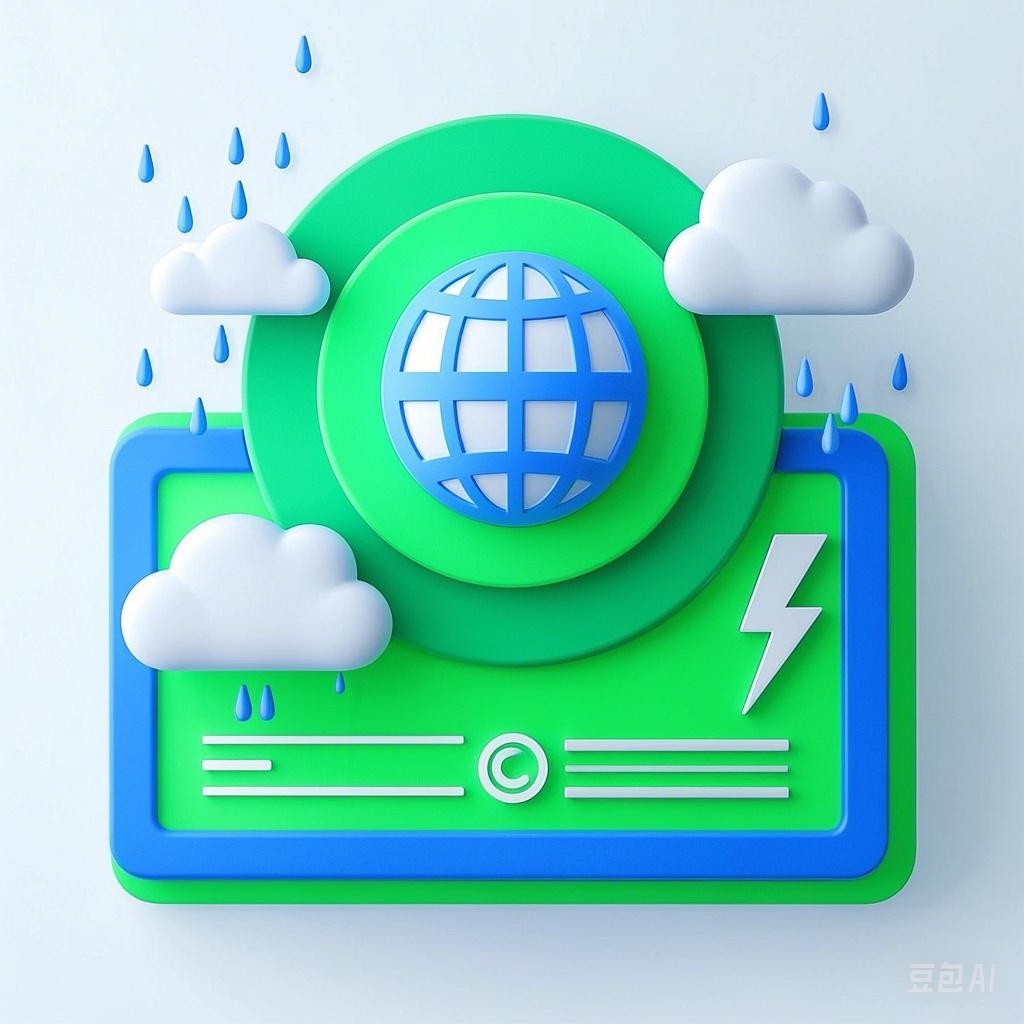Introduction
Earthquakes are natural phenomena that can cause significant damage and loss of life. For 8th graders, understanding the challenges posed by earthquakes is crucial for their safety and preparedness. This article will discuss the causes of earthquakes, the challenges they present, and provide practical steps for students to prepare for such events.
The Science of Earthquakes
What Causes Earthquakes?
Earthquakes occur when there is a sudden release of energy in the Earth’s crust. This energy is usually stored as stress along faults, which are breaks in the Earth’s crust. When the stress exceeds the friction holding the rocks together, the rocks slip, releasing the stored energy as seismic waves.
### Faults and Plate Tectonics
Faults are fractures in the Earth's crust along which rocks on either side have moved relative to each other. The movement can be sudden, causing an earthquake, or slow, causing gradual deformation. Plate tectonics, the theory that describes the large-scale movement of the Earth's lithosphere, plays a key role in the formation of faults.
- **Convergent Boundaries:** When two plates collide, one plate may be forced beneath the other, creating a subduction zone and potentially leading to earthquakes.
- **Divergent Boundaries:** At these boundaries, plates move apart, creating a rift valley or oceanic ridge. Earthquakes can occur as the plates separate.
- **Transform Boundaries:** Here, plates slide past each other horizontally, often causing large earthquakes.
Types of Earthquakes
There are several types of earthquakes based on their origin and characteristics:
- Intraplate Earthquakes: These occur within tectonic plates, away from plate boundaries.
- Interplate Earthquakes: These occur at plate boundaries, where the most powerful earthquakes often take place.
- Fault-Triggered Earthquakes: These occur when stress from one earthquake triggers another on a nearby fault.
Challenges Posed by Earthquakes
Loss of Life and Property
Earthquakes can cause the collapse of buildings, bridges, and other infrastructure, leading to loss of life and property. The intensity of the shaking, the type of ground, and the construction quality of buildings all contribute to the potential damage.
Economic Impact
The economic impact of an earthquake can be significant, including the cost of repairs, loss of jobs, and disruptions to trade and transportation.
Psychological Effects
Earthquakes can cause fear, anxiety, and other psychological effects, especially in the aftermath of a disaster.
Preparing for Earthquakes
Educate Yourself
As an 8th grader, it’s important to understand the basics of earthquakes and how to stay safe during an earthquake.
Develop an Emergency Plan
Work with your family to develop an emergency plan that includes:
- Evacuation Routes: Identify safe routes to exit your home and school.
- Meeting Places: Designate a safe place to meet if you cannot return home immediately.
- Emergency Supplies: Prepare a kit with essential items like water, food, first aid supplies, and a flashlight.
Practice Drills
Regularly practice earthquake drills at home and school to become familiar with the proper actions to take during an earthquake.
Learn First Aid
Learning basic first aid can be invaluable during an earthquake. It’s important to know how to perform actions such as treating cuts and wounds, providing first aid to someone who is unconscious, and performing CPR.
Conclusion
Understanding the challenges posed by earthquakes is essential for 8th graders to prepare for such events. By learning about the science of earthquakes, the challenges they present, and how to prepare for them, students can take steps to ensure their safety and the safety of their families and communities.
